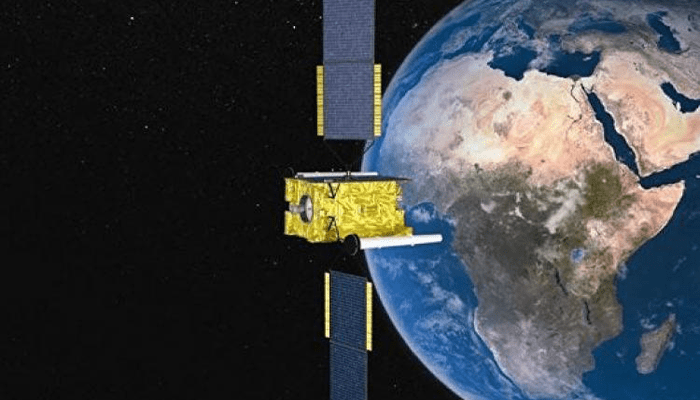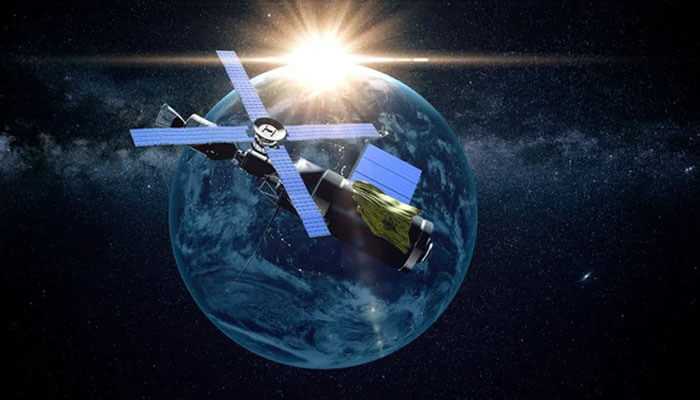CHINA: China today successfully launched a navigation satellite which will conduct in-orbit experiments using pulsar detectors to demonstrate new technologies. The X-ray pulsar navigation satellite — XPNAV-1 — weighing more than 200 kilogrammes, was sent skyward at 7:42 AM (local time) atop a Long March 11 solid-fuelled rocket from the Jiuquan Satellite Launch Center in China’s northwest.
The satellite operates in a Sun-synchronous orbit and will conduct in-orbit experiments using pulsar detectors to demonstrate new technologies, state-run China Daily reported. It was carried by a Long March-11 rocket, the 239th flight mission by a Long March carrier rocket series.
While in orbit, the satellite will undergo tests on its detector functions and space environment adaptability. It weighs more than 200 kilogrammes and carries two detectors, China Academy of Space Technology said.
Shuai Ping, chief designer of the satellite at the academy, said X-ray pulsar navigation is an innovative
navigation technology in which periodic X-ray signals emitted from pulsars are used to determine the location of a spacecraft in deep space, the Daily reported.
The satellite and the rocket were designed by academies affiliated with the China Aerospace Science and Technology Corporation, state-run Xinhua news agency reported. The X-ray pulsar navigation will help reduce the spacecraft’s reliance on ground-based navigation methods and is expected to lead to autonomous spacecraft navigation in the future.
The use of X-ray pulsar navigation is significant because it can reduce a spacecraft’s reliance on ground-based navigation methods. Ground-based navigation typically involves tracking the spacecraft from Earth and sending commands to adjust its trajectory. X-ray pulsar navigation, on the other hand, allows the spacecraft to autonomously determine its position and navigate in space using signals from distant pulsars.




